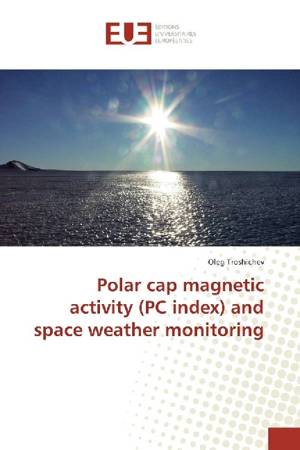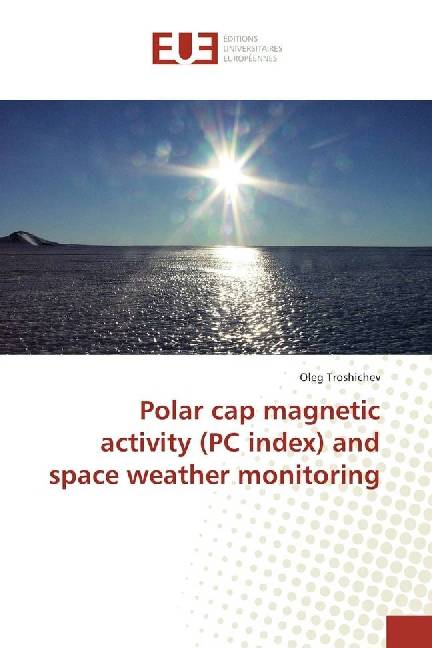
- Afhalen na 1 uur in een winkel met voorraad
- Gratis thuislevering in België vanaf € 30
- Ruim aanbod met 7 miljoen producten
- Afhalen na 1 uur in een winkel met voorraad
- Gratis thuislevering in België vanaf € 30
- Ruim aanbod met 7 miljoen producten
Zoeken
Polar cap magnetic activity (PC index) and space weather monitoring
Oleg Troshichev
Paperback | Engels
€ 49,45
+ 98 punten
Omschrijving
This book is a review on the PC index which was put forward originally, as a measure of polar cap magnetic activity caused by the interplanetary electric field impact on the magnetosphere [Troshichev and Andrezen, 1985], and is examined at present, as "a proxy for energy that enters into the magnetosphere during solar wind-magnetosphere coupling" [Resolutions of XXII IAGA Assembly, 2013]. The following issues are examined in the book: method of the PC derivation, relationship between the PC index and the interplanetary electric field, relationship between the PC index and the magnetospheric substorms of all types (isolated, expanded, delayed and sawtooth), relationship between the PC index and magnetic storms, relation of PC index to the magnetospheric field-aligned currents and to the solar wind dynamic pressure pulses, response of PC to seasonal variations of the ionospheric conductivity. The PC index adequately responds to solar wind drivers, on the one hand, and precedes the corresponding magnetic disturbances, on the other hand. These specific features of PC index make it possible to monitor and nowcast the space weather basing on regular magnetic observations in polar caps.
Specificaties
Betrokkenen
- Auteur(s):
- Uitgeverij:
Inhoud
- Aantal bladzijden:
- 148
- Taal:
- Engels
Eigenschappen
- Productcode (EAN):
- 9783838180120
- Uitvoering:
- Paperback
- Afmetingen:
- 150 mm x 220 mm

Alleen bij Standaard Boekhandel
+ 98 punten op je klantenkaart van Standaard Boekhandel
Beoordelingen
We publiceren alleen reviews die voldoen aan de voorwaarden voor reviews. Bekijk onze voorwaarden voor reviews.











